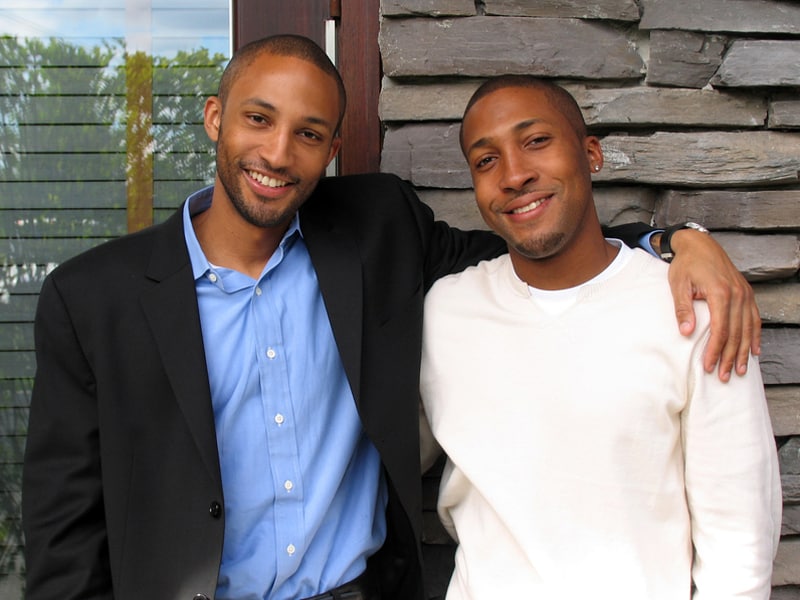
Debunking the gaydar: top myths about LGBT mannerisms
Can you tell if someone’s gay based on their body language, clothes or appearance alone? Love Matters deflates six common myths associated with LGBT people.
LGBT people dress in a certain manner
We know how it goes! Gay men are supposed to be flamboyant dressers with a penchant for bright colours. But there has been no serious survey or study that validates this idea. Among lesbians too, there’s the ‘butch’ female who likes to dress in a masculine way – leather jackets, boots and all. To counter this, there is also the ‘femme’ – a lesbian who dresses in a more feminine way. So, all this proves that the dressing habits of homosexuals are as diverse as that of heterosexuals who have their own share of ‘tomboys’ and ‘effete’ dressers.
Gay men speak with a lisp
Basically, many research studies have verified the observation that gay men pronounce their sibilants (‘s’-sounds) in a peculiar way. A recent study at Stanford University, however, concluded that there is no empirical correlation between the pitch of one’s voice and one’s sexuality. Regardless, it is important to observe this stereotype is not taken seriously beyond the Anglo-American world and so, is a culture-specific association, at best.
Gay men are invariably effeminate while lesbians are usually manly
There is a difference between gender-roles, gender-linked behaviours and sexuality. Studies in the past have shown a correlation between adopting gender roles of the opposite sex and homosexuality, but couldn’t demonstrate a causal connection between the two. Besides, gender-roles can be relative and ‘fuzzy’. What may be called ‘masculine’ here and now may not be considered so in another time and place. So, this stereotype is weak at its very foundations.
Androgynous looks guarantee that a person is transsexual or bisexual
Androgynous people who exhibit marked characteristics of both (or sometimes neither) sexes are generally stereotyped as being closeted bisexuals or transsexuals. This is arguably the most baseless stereotype associated with LGBT people because Androgyny needn’t always be a choice but could have its basis in the hormonal and biological aspects of the person. Besides, even if it’s a choice, it could just be a phase and needn’t be a lifelong commitment. Many heterosexual people have been famously associated with androgyny for all or some parts of their lives.
A person’s body shape gives away their sexuality
There have been studies where casual observers correctly identified most men with curvaceous bodies and most women with tubular bodies as homosexuals. But there’s yet to be a thorough-going biological or anthropological study that could provide a more scientifically sound backing to these knee-jerk guesses. Neither does your body-shape nor does the way you walk or talk give away anything about your sexuality.
Gay men are hysterical about body-grooming
Gay men are thought of as having a thing for body-hair removal, moisturisers, etc. Like most LGBT stereotypes, this one also doesn’t have any serious scientific validation. Besides, ever heard of the word ‘metrosexual’? If you have, you must know that the new age urban ‘straight-man’ can be very particular about his grooming too.
What’s the most common LGBT stereotype you’ve heard? Comment below or share your thoughts on Facebook. If you have any questions, visit our discussion forum.
